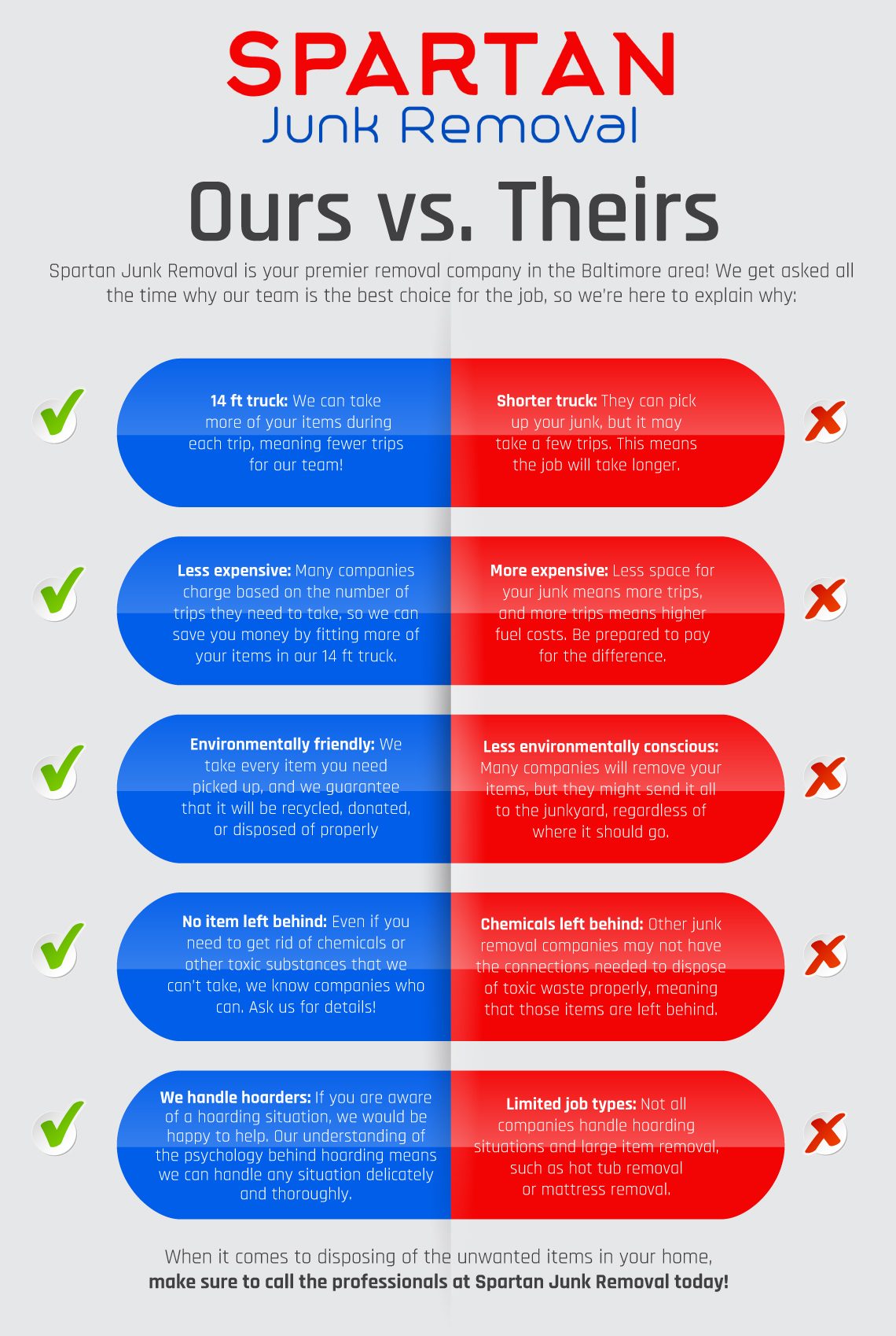Gain Competence In Establishing The Optimum Dumpster Dimension For Your Task To Achieve Performance And Cost-Effectiveness With This All-Encompassing Overview
Gain Competence In Establishing The Optimum Dumpster Dimension For Your Task To Achieve Performance And Cost-Effectiveness With This All-Encompassing Overview
Blog Article
Material Produce By-Sparks Hunter
When embarking on a project that needs a dumpster, the size you choose can greatly affect its performance and cost-effectiveness. Visualize having the perfect container that suits all your waste without being exceedingly large or also little. It all beginnings with recognizing the nuances of your project and selecting a dumpster dimension that aligns with your certain needs. So, prior to you choose, think about the variables at play to make sure a seamless waste monitoring process throughout.
Variables to Think about
When selecting the right dumpster dimension, there are a number of crucial variables to think about.
First, think about the type of waste you'll be taking care of. Various products might require varying quantities of room, so recognizing what you'll be placing in the dumpster is vital.
Next off, examine the quantity of waste you anticipate to generate. If https://www.phoenix.gov/publicworks/garbage/disposable ignore the volume, you might need to make several trips to dispose of whatever, which can be inconvenient and pricey. On the other hand, leasing a dumpster that's also big can lead to unnecessary expenditures.
Furthermore, consider the space where the dumpster will certainly be placed. Make certain there suffices space for the dumpster to be provided and gotten with no blockages.
Finally, consider cost of roll off dumpster that might use. Exceeding the weight limit can cause added costs and even the rejection of service.
Dumpster Size Alternatives
For selecting the best dumpster dimension, it's important to have a good understanding of the available choices. Dumpster sizes generally range from 10 to 40 cubic lawns, with variants in between.
A 10-yard dumpster is suitable for little jobs like a garage cleanout or a little improvement. If you're taking on a medium-sized task such as a kitchen remodel or a cellar cleanout, a 20-yard dumpster could be the appropriate selection.
For bigger tasks like a whole-house improvement or industrial building, a 30 or 40-yard dumpster could be better to accommodate the volume of waste created.
When picking a dumpster dimension, take into consideration the quantity and kind of debris you anticipate to dispose of. It's much better to pick a somewhat bigger dimension if you're uncertain to avoid overfilling. Keep in mind, it's even more affordable to rent out a dumpster that fits your demands rather than needing to order an additional one.
Matching Dimension to Project
Efficiently matching the dumpster size to your task is vital for reliable waste management. To identify the appropriate size, take into consideration the scope and nature of your task.
For small house cleanouts or renovations, a 10-yard dumpster might suffice. These are normally 12 feet long and can hold about 4 pickup tons of waste.
For larger jobs like renovating numerous rooms or removing a big estate, a 20-yard dumpster might be preferable. These are around 22 feet long and can hold approximately 8 pickup truck lots.
If you're tackling a significant construction task or industrial remodelling, a 30-yard dumpster could be the very best fit. These dumpsters are about 22 feet long and can accommodate about 12 pickup truck lots of debris.
Matching the dumpster size to your project ensures you have adequate area for all waste materials without overpaying for extra ability.
Conclusion
Finally, picking the ideal dumpster dimension for your job is important for effective garbage disposal. By considering factors like the kind and amount of waste, room availability, weight restrictions, and budget restraints, you can ensure you have the suitable size dumpster for your demands. Make sure to match the size of the dumpster to the range and nature of your job to prevent overspending on unneeded expenditures.
